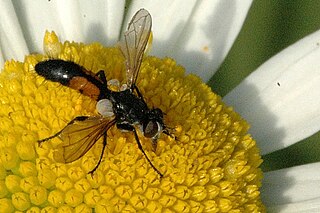
Cylindromyiini is a tribe of flies in the family Tachinidae. It contains about 17 genera and 200 species.

Cylindromyia auriceps is a European species of fly in the family Tachinidae.
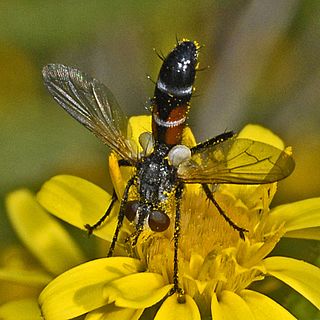
Cylindromyia interrupta is a species of fly in the family Tachinidae.

Phania funesta is a European species of fly in the family Tachinidae.
Leucostoma anthracinum is a species of fly in the family Tachinidae, found in Europe.
Leucostoma simplex is a European species of fly in the family Tachinidae.
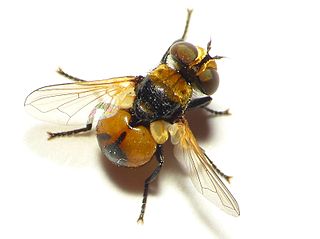
Cistogaster globosa is a European species of fly in the family Tachinidae.
Clytiomya continua is a European species of fly in the family Tachinidae. Hosts for the parasitoid larvae include Coreus marginatus orientalis, Eurygaster testudinaria, Eurydema gebleri, Eurydema dominulus, Graphosoma rubrolineatum, Homalogonia confusa, and Dolycoris baccarum. Larval development takes six to eleven days.
Opesia cana is a European species of fly in the family Tachinidae.
Opesia grandis is a European and Asian species of fly in the family Tachinidae.

Phasia barbifrons is a European species of fly in the family Tachinidae.
Phytomyptera minutissima is a European species of fly in the family Tachinidae.
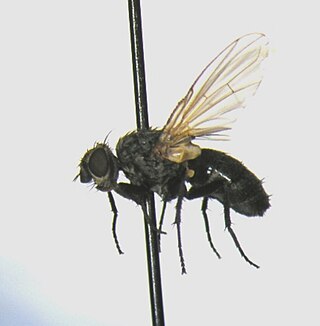
Phytomyptera zonella is a European species of fly in the family Tachinidae.
Bithia modesta is a species of bristle fly in the family Tachinidae.

Clausicella neomexicana is a species of bristle fly in the family Tachinidae.
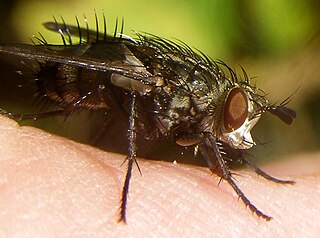
Linnaemya picta is a European species of fly in the family Tachinidae.

Nemoraea pellucida is a species of fly in the family Tachinidae.
Siphona (Ceranthia) tenuipalpis is a species of tachinid flies in the subgenus Ceranthia of the family Tachinidae.
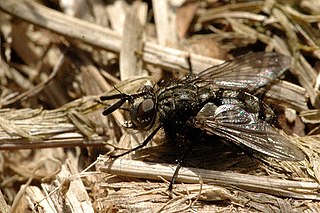
Bigonichetini is a tribe of flies in the family Tachinidae. Some workers place members of this tribe in Loewiini.

Medina collaris is a species of fly in the family Tachinidae.












